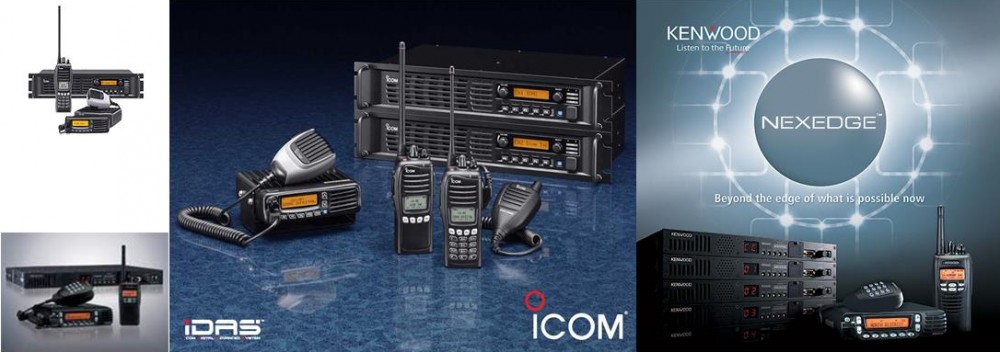Once you have the basic hardware and software functional, you’ll quickly find the limits to those technologies.
Both vendors suggest (or require in the case of Kenwood) a router that can support VPN’s and connections between every repeater that is to be connected too via a specific connection… Each software only support 16 IP addresses, so you can quickly exceed that limited with just a very small network. And out of the box, both systems require a fixed IP address, again as it applies to Amateur Radio a very limiting feature.
While at the RF side, both vendors are inter-operable, that’s pretty much where the interop stops. Neither support the same protocol over the Internet and neither protocol is covered in the NXDN specification. As a result, we’ve had to reverse engineer those protocols to allow us to extend the features.
Enter the NXREF (NXDN Reflector), it’s a simple piece of software that runs on any form of Linux platform (except for the one in the repeaters which we don’t have access too). The job of the NXREF is to take information from one repeater and send it to the others. By doing it this way, any given repeater only needs to know about one IP address and we can overcome the limit of 16 repeaters being able to talk back and forth. However we didn’t stop there.
Below is a simple listing of the features that we’ve enabled so far. These are unique to the Icom for the moment, but I’ll cover that in another post.
– 200 IP address. While just an arbirary limit, we do have a finite amount of time that we can process information before we run the risk of missing or dropping an incoming packet of information from a repeater. 200 IP addresses on any give NXREF should be way more that we actually architect a system to use.
– Cluster support. The NXREF’s are fully configurable such that they will allow for nesting or clustering. This is only limited by our imagination.
– STEALTH IP support. This is support for an IP address that may be behind a NAT’d firewall, one that has a DYNAMIC public address and or one that may have a PRIVATE public IP address. There are configuration options that can be turned on to set a *heartbeat* interval and allow data to move between the Repeater and it’s STEALTH upstream NXREF. This feature is great for running a repeater behind a 4G wireless setup either as a temporary or permanent setup.
– RAN translation – This is a very early feature, but it allows a repeater or a group of repeaters to be on a different RAN code than the primary one. As a packet transitions a NXREF, it’s translated both from and to whichever RAN code it needs for its next hope. While not very efficient, it should also allow for multiple translations to occur if so built or desired.
– Remote Console – a Basic reporting console for local reporting and configuration.
– APRS support. This is a very early implementation. It will watch for a Data packet, capture the entire GPS string, and then send it to the rotating IP address of the APRS-IS or APRS2 server.
– Talk Group support. This allows for traffic to be segregated between the Local use of the repeater and it’s link to the internet. When in Local mode, the internet traffic is blocked until an activity timer expires and then at that time, the Linked traffic will again start to be heard. As we move forward there will be more and more uses for this type of *routing*.
